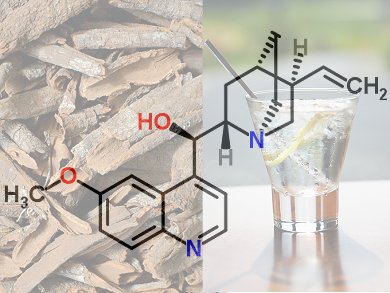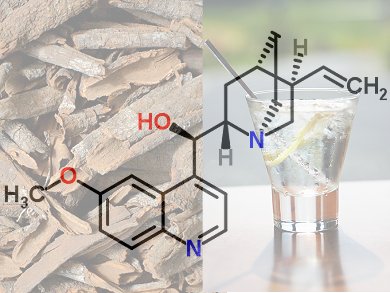A reader/editor/reviewer may miss the whole point of your manuscript if it is unnecessarily dressed up in difficult language
Explaining the science behind everyday phenomena in an accessible way.

Mind your Language! A Very Brief Guide to Language Usage in Scientific Writing (2)

From Pharmacy to the Pub — A Bark Conquers the World: Part 4
What does quinine do to counteract malaria?

Mind your Language! A Very Brief Guide to Language Usage in Scientific Writing (1)
Explaining scientific principles in simple and understandable language is a valuable skill: Insider tips on taking care of what you write

From Pharmacy to the Pub — A Bark Conquers the World: Part 3
The long road from the structure determination to the total synthesis of quinine is an exciting detective story

Tips and Tricks for the Lab: Air-Sensitive Techniques (3)
Some basic experimental set ups for performing reactions with air-sensitive compounds and how to add solids and liquids

Tips and Tricks for the Lab: Air-Sensitive Techniques (2)
The basis of all Schlenk line work, the evacuate-refill cycle, and how to dry and/or degas solvents for air-sensitive reactions

Tips for Writing Better Science Papers: What Happens Next? (9)
What happens once your manuscript arrives on an editor's desk? Tips on what affects an editor's decision to accept or reject your paper

From Pharmacy to the Pub — A Bark Conquers the World: Part 1
The quinine-containing bark of the Cinchona tree is probably the most valuable drug the Americas gave the world

Tips and Tricks for the Lab: Air-Sensitive Techniques (1)
Schlenk lines can be daunting for the first-time user. We looked at basic Schlenk line design and how to start and stop a Schlenk line

Tips for Writing Better Science Papers: References (8)
The reference section is easy to compile, but these insider tips can help make it easy to read and use too